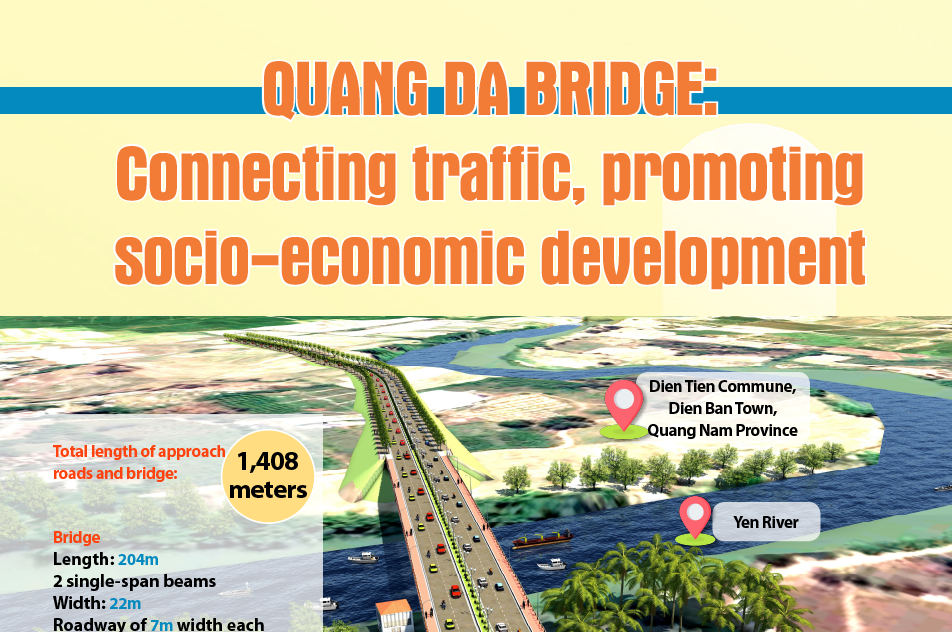Viet Nam to become second largest digital economy in Southeast Asia in 2025: experts
Viet Nam can become the second largest digital economy in Southeast Asia in 2025, while the country’s e-commerce market will draw more large-scale businesses, forecast experts at an online seminar in Ho Chi Minh City on April 20.
 |
| Illustrative image (Source: vneconomy.vn) |
They also said that online businesses will involve more economic sectors and more big players in the time to come.
Do Huu Hung, General Director of AccessTrade, held that e-commerce should be the first step, followed by logistics and delivery services to win stronger confidence among consumers and improve their shopping experience.
Hung said that with better logistics and delivery services, the digital economy can make up 50-60 percent of the Vietnamese economy in the future.
The years of 2020 and 2021 can be described as a special period with unprecedented changes under impacts of COVID-19, where online business in Viet Nam enjoyed a breakthrough growth in both domestic and foreign markets.
According to the “E-Commerce White Book 2020”, the global revenue from B2C e-commerce activities is likely to rise by 1.5 times in the 2019-2023 period from 1.94 trillion USD to over 2.88 trillion USD. The book also predicted that Southeast Asia, including Viet Nam, will see high growth.
Phan Binh, Director of J&T Express Viet Nam, said that businesses do not need giant shops but high quality products which will be delivered to customers through suitable services.
Currently, many foreign firms have sought business opportunities in the potential market of Viet Nam with the motto of "Think Global, Act Local". Meanwhile, online business activities have drawn a large number of companies, cooperatives, business households and individuals in both rural and urban areas.
Experts advised enterprises operating online business to seek seek supports in consultations and solutions to develop one-stop-shop model.
They also underlined the need for wider coverage of delivery services to meet the demand of the booming e-commerce sector.
Source: VNA








